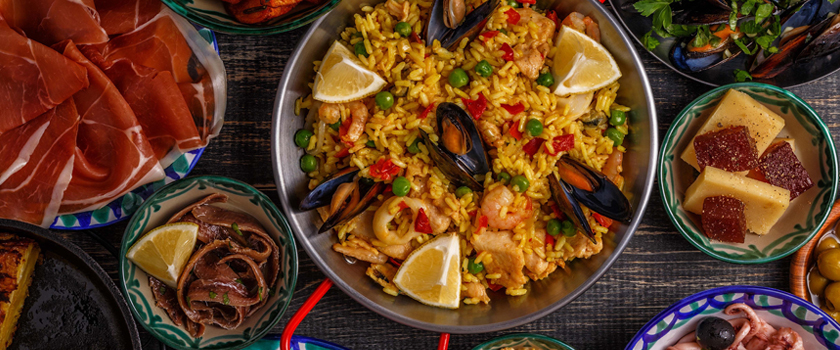Legumes have been significant crops in Korean history and cuisine according to earliest preserved legumes found in archaeological sites in Korea.The excavation at Okbang site, Jinju, South Gyeongsang province indicates soybeans were cultivated as a food crop circa 1000–900 BCE.
They are made into tofu (dubu), while soybean sprouts are sauteed as a vegetable (kongnamul) and whole soybeans are seasoned and served as a side dish. They are also made into soy milk, which is used as the base for the noodle dish called kongguksu.
A byproduct of soy milk production is okara (kongbiji), which is used to thicken stews and porridges. Soybeans may also be one of the beans in kongbap, which boil together with several types of beans and other grains.
Soybeans are also the primary ingredient in the production of fermented condiments collectively referred to as jang, such as soy bean pastes, doenjang and cheonggukjang, a soy sauce called ganjang, chili pepper paste or gochujang and others.
Mung beans are commonly used in Korean cuisine, where they are called nokdu (绿豆, literally “green bean”). Mung bean sprouts, called sukju namul, are often served as a side dish, blanched and sautéed with sesame oil, garlic, and salt.
Ground mung beans are used to make a porridge called nokdujuk, which is eaten as a nutritional supplement and digestive aid, especially for ill patients.A popular snack, bindaetteok (mung bean pancake) is made with ground mung beans and fresh mung bean sprouts.
Starch extracted from ground mung beans is used to make transparent cellophane noodles (dangmyeon). The noodles are the main ingredients for japchae (a salad-like dish), and sundae (a blood sausage) or a subsidiary ingredient for soups and stews.
The starch can be also used to make jelly-like foods, such as nokdumuk and hwangpomuk. The muk have a bland flavor, so are served seasoned with soy sauce, sesame oil and crumbled seaweeds or other seasonings such as tangpyeongchae.
Cultivation of azuki beans dates back to ancient times according to an excavation from Odong-ri, Hoeryong, North Hamgyong province, which is assumed to be that of Mumun period (approximately 1500-300 BCE).
Azuki beans are generally eaten as patbap, which is a bowl of rice mixed with the beans, or as a filling and covering for tteok (rice cake) and breads. A porridge made with azuki beans, called patjuk, is commonly eaten during the winter season.
On Dongjinal, a Korean traditional holiday which falls on December 22, Korean people eat Donji patjuk, which contains saealsim (새알심), a ball made from glutinous rice flour. In old Korean tradition, patjuk is believed to have the power to drive evil spirits away.
Read Also: Korean cuisine (i) – Grains



